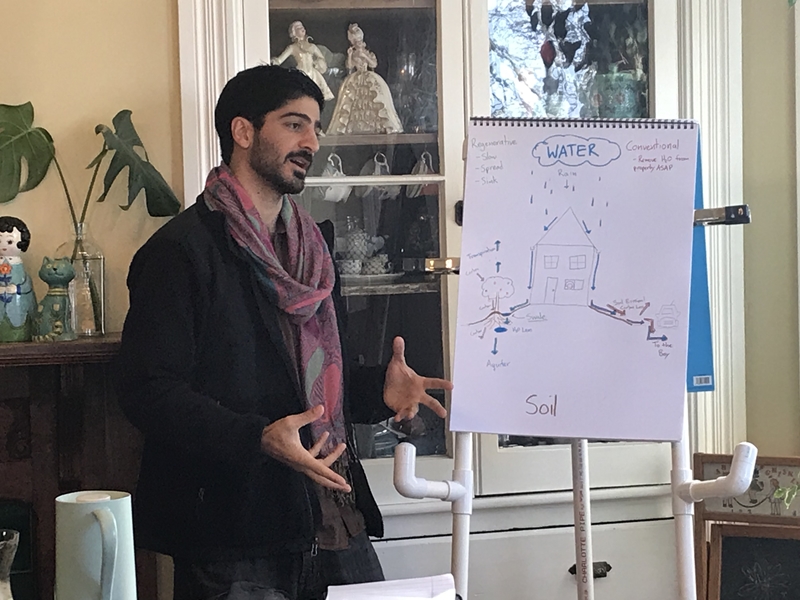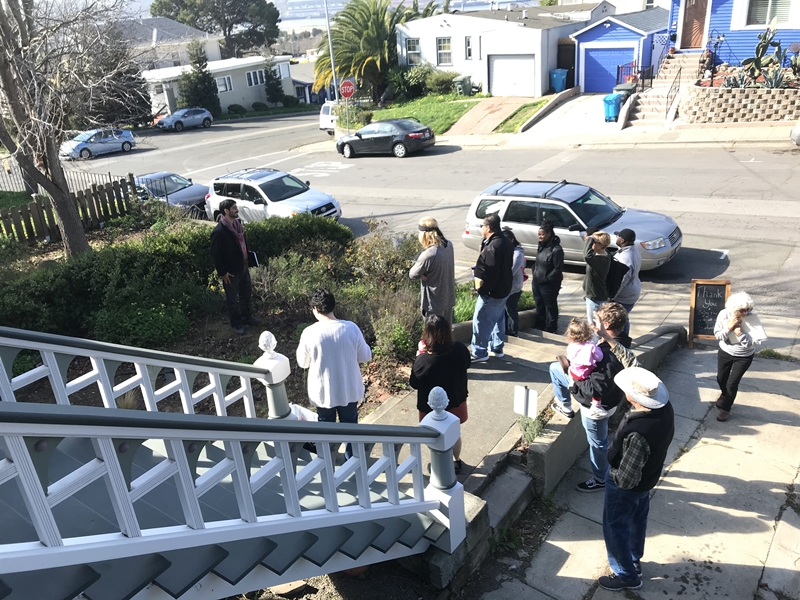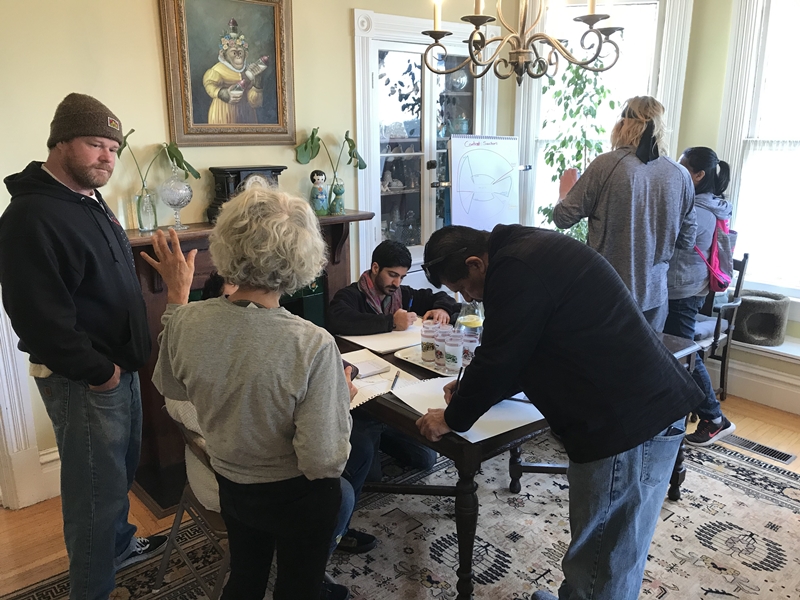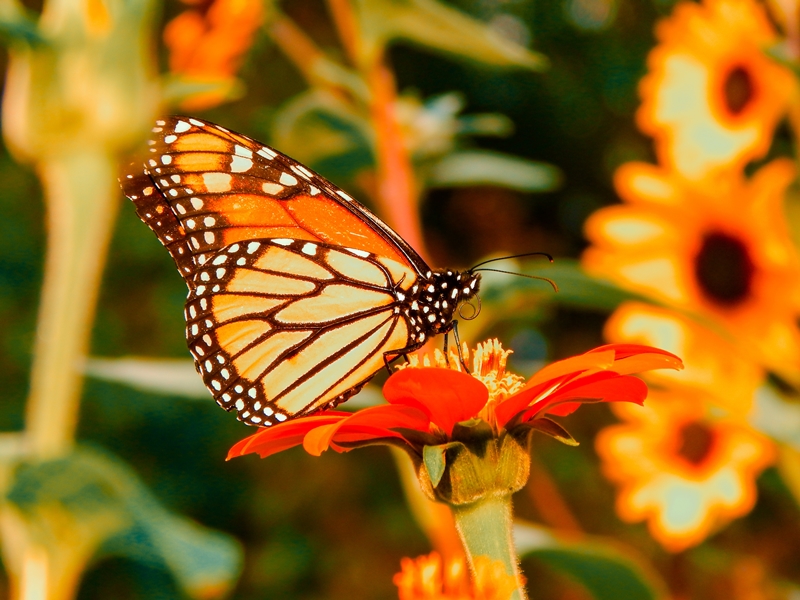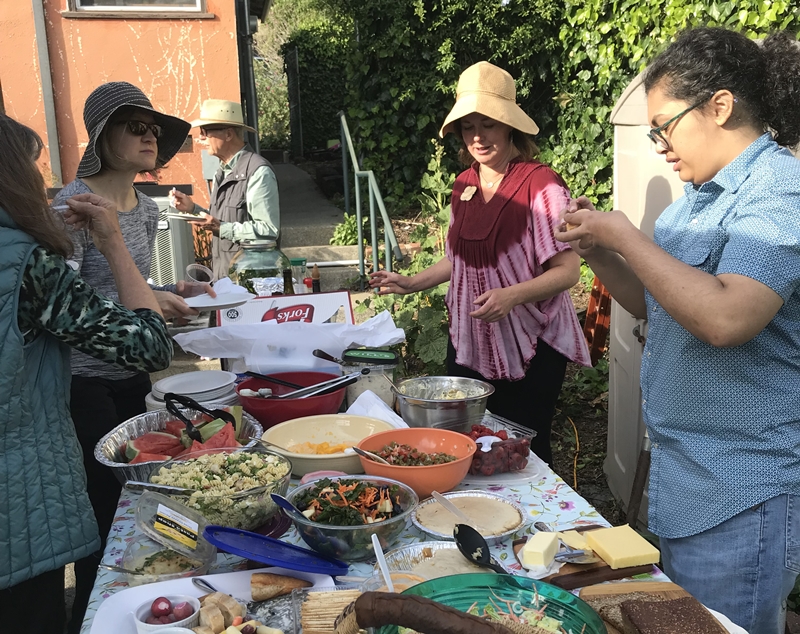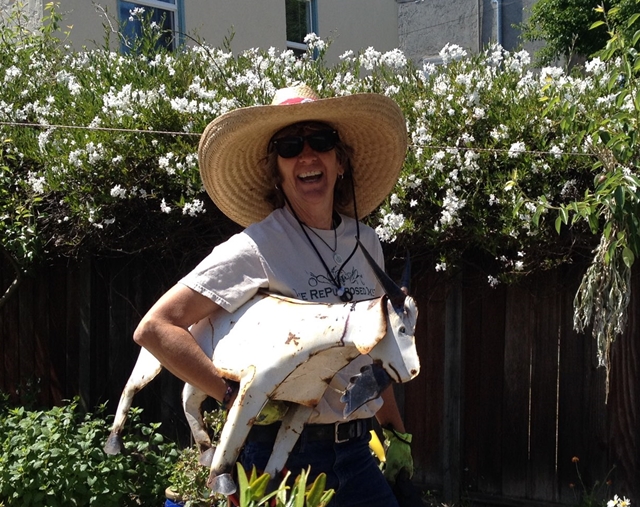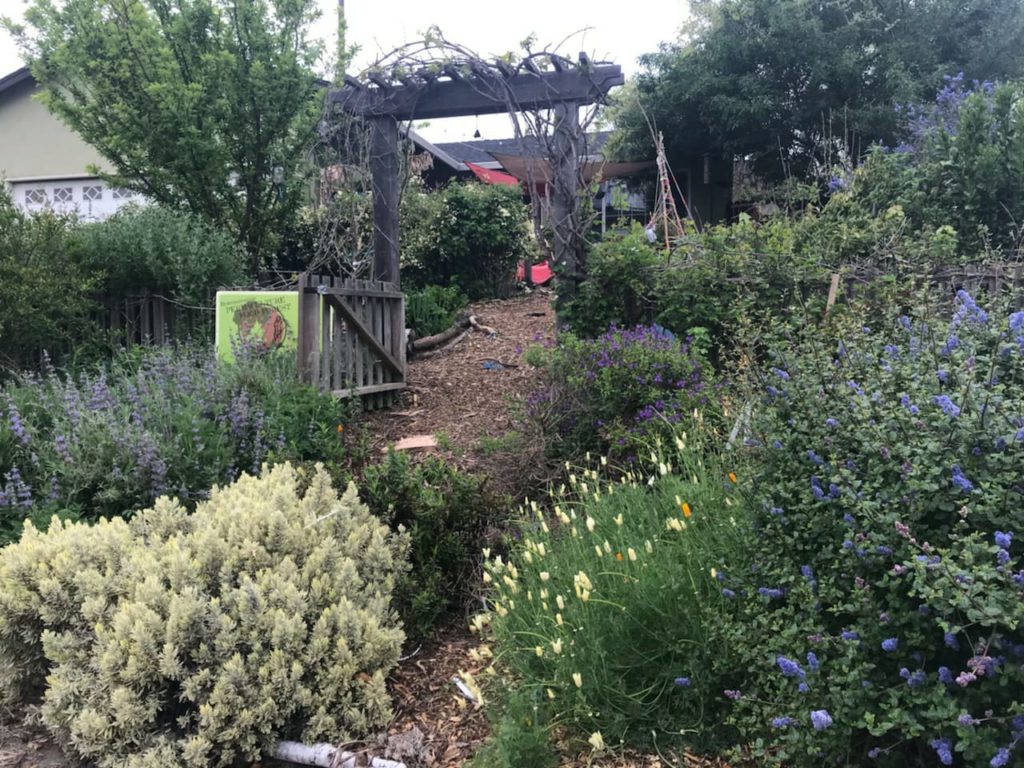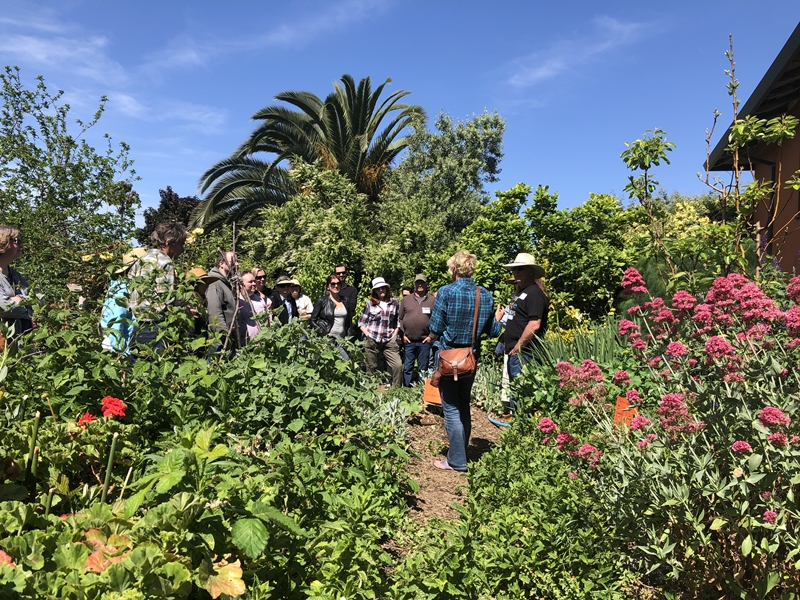Students Write Poetry, Essay on Healing, Life-Supporting Water
By Sustainable Solano

Sustainable Solano is pleased to announce the finalists and winner of our Water Poetry/Essay Contest among students of St. Patrick-St. Vincent Catholic High School.
Students were asked to think about and write on the theme of healing, life-giving, life-supporting and forgiving water. The winner, Samantha Willingham, received a fruit tree of her choice (a peach tree).
We were impressed by the thought and consideration these students put into their writing. They shaped the ideas behind the sacredness and power of water into compositions that were beautiful and inspired.
Students at St. Patrick-St. Vincent Catholic High School learned about water conservation and designing for waterwise gardens this year in a series of sustainability classes on permaculture and water capture and the hands-on involvement in creating a demonstration food forest garden, Teraza Dominicana, at the school.
That project and the contest were through our Solano Sustainable Backyards program, funded by the Solano County Water Agency.
We have published the work of the six finalists below. We hope you enjoy reading them as much as we did!
Sincerely Water by Samantha Willingham
I made you.
From the day you knew life I’ve sustained
you.
I know you.
I’m the clouds above and the ground below
you.
I can help you.
When you’re desperate and only I can save
you.
I see you.
When the waves clap onto the shore I greet you.
I heal you.
I’m the tears that run down your cheeks and release you.
I follow you.
From the lily ponds to the mountain lakes I’ll be there with you.
I forgive you.
When you hurt me I know you don’t mean to.
I love you.
No matter your color, species, gender, size, ethnicity, attitude, orientation, religion, or
beliefs.
All I ask in return is that you love me too.
– Sincerely Water
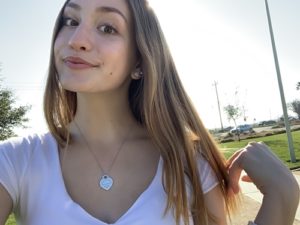
Contest winner Samantha Willingham
Water is Life by Sophia Bertholdi
Water is life.
Sustaining all living creatures.
It belongs to all beings and is a gift from our Heavenly Father.
A vital resource deserving of
respect and in turn ensures longevity to those who respect it.
Water encompasses all cultures and religions. Providing healing and cleansing of sins.
Water washes away sorrows and tears.
It refreshes and enlightens.
It is ancient and wondrous.
Calm and raging.
The Navajo regard water as Sacred,
Preserving mankind.
Mankind has taken it for granted.
Abusing its generosity — taking more and more.
We have violated this sacred resource.
Humanity has a chance to redeem itself.
To give back and preserve life-giving water.
The time is now.
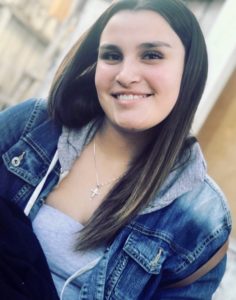
Contest finalist Sophia Bertholdi
Water is our source of life by Bobby Brooks
Water is our source of life.
Water is our everything.
Water is God’s creation
Water nourishes us and protects us
Water heals our mind and body
Water is our everything
Without water we are nothing
We must protect water like it protects us
Water forgives us for our sins.
Water is the source of happiness and a good relationship with God.
Water is our everything.

Contest finalist Bobby Brooks
Water Poem by Michaela Lamb
Water is what many need,
From watering the plants to feeding the bees
But most of all our thirst goes away,
When we wash all our troubles away
With that crystal clear water we have always had,
What will we do if it ever goes bad?
The water is used for fun times and smiles
But what happens when it goes away for a while?
We come back to find the water we still have
Just waiting for us like we had
Don’t waste our water, it’s what we love
Keep the water clean for generations above
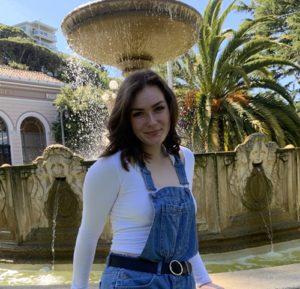
Contest finalist Michaela Lamb
What do you see? by Bella Stevens-Byrd
Close your eyes and think of water with me
What do you see?
Water is life-giving
Take that from me
but what I see and what you see is very different indeed
I see rivers running strong
I see lakes full in places they belong
I see kids playing in pools
I see girls getting hit with water balloons and hearing “boys rule”
I see dogs drinking from their bowls
I see babies on beaches filling holes
I see a woman drinking a bottle after a run
when I think of water I think of fun
World of Water by Stephanie Tuck
How often do you take a shower or turn on the tap without thinking about it? Most likely this happens every day. Do you ever just stare at the water and think about its existence? Whether we realize it or not, water is the main reason we are able to survive on our planet, Earth. We often ignore or forget how water impacts our lives in so many different ways.
When I was younger, I thought that the flavor of water was based on its temperature, so that made me wonder what water temperature tasted best. My eight-year-old self decided to run an experiment to find out for myself. I took five different samples of water at different temperatures and tried each without knowing which was which. To my surprise, my favorite water was the slightly cold, iced water, and now that is what I almost always drink. After running this experiment, I started to realize how much water I consume a day and how without it, nothing would be alive.
Water has been on our Earth for about 3.8 billion years, and throughout this time, it has been life-giving. Humans were able to evolve because of the function of water and every organism on this planet requires water to live and breathe. Even the dinosaurs drank and lived off of water. We need water to breathe every day and it provides homes for so many sea creatures.
Water is not only essential, but it is also a symbol of life. In the Catholic Church, the
Sacrament of Baptism using water, gives us new birth into the Holy Spirit as both children and adults. Water also signifies purification and cleansing. It cleans our bodies while also bringing us to a healthier mindset. It not only plays a huge role in the Chritian religions, but also in Animism, Hinduism, Buddhism, and Islam. It is a holy symbol and allows us to use it in our
lives. In the Indian culture, divine water is used in temples and consumed during worship rituals. In other places of India, people swim in holy rivers to wash away their sins. In the Hindu religion, the Holy River Ganges is a symbol for purification of the soul and rejuvenation of the mind.
Billions of creatures depend on water to survive and live. Without water, life could not exist on our beautiful planet called Earth. In conclusion, we need to protect and preserve our water as much as possible because of the major role it plays for us, and our world.
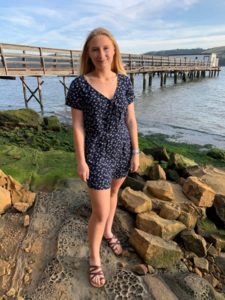
Contest finalist Stephanie Tuck


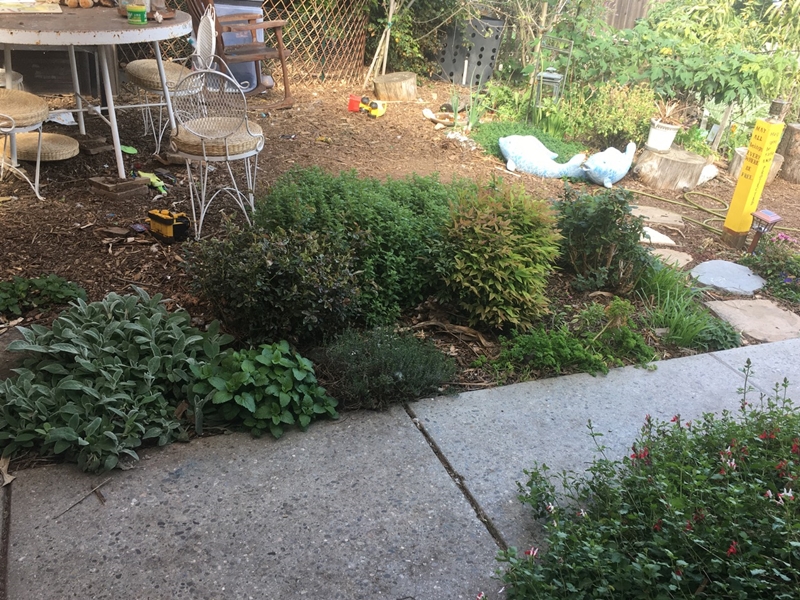
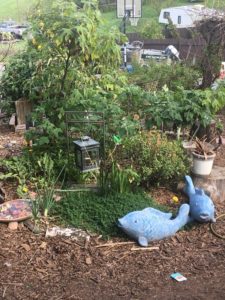 This year a roommate moved in. She is a dear old friend needing port from a storm, and seeing the garden through her response is like re-living all five years anew. She is a gardener, and she is a trained chef — and from the moment she stepped into it, they loved each other. I saw how her tense shoulders relaxed as she inspected each little nook and cranny. How her daily attentions perked up the plants who were so used to the survival of the fittest ways of Greyhawk Grove. She naturally took to it, chopping and dropping like a pro, taking last years’ pruning to make a trellis for hoped for summer cucumbers, and understanding the energy of all who have come before. And even her laughing about me eating, not the watery-sweet jicama-like root of the yacon Nicole planted years ago, but the rather tasteless rhizome, made me cheerful. (If you were wondering, she spent a good afternoon gingerly digging out all the yacon roots, and then made a lovely crunchy salad out of it with sesame oil, lemon and herbs. I hadn’t seen her so satisfied in a long time.)
This year a roommate moved in. She is a dear old friend needing port from a storm, and seeing the garden through her response is like re-living all five years anew. She is a gardener, and she is a trained chef — and from the moment she stepped into it, they loved each other. I saw how her tense shoulders relaxed as she inspected each little nook and cranny. How her daily attentions perked up the plants who were so used to the survival of the fittest ways of Greyhawk Grove. She naturally took to it, chopping and dropping like a pro, taking last years’ pruning to make a trellis for hoped for summer cucumbers, and understanding the energy of all who have come before. And even her laughing about me eating, not the watery-sweet jicama-like root of the yacon Nicole planted years ago, but the rather tasteless rhizome, made me cheerful. (If you were wondering, she spent a good afternoon gingerly digging out all the yacon roots, and then made a lovely crunchy salad out of it with sesame oil, lemon and herbs. I hadn’t seen her so satisfied in a long time.)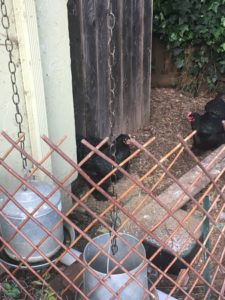 The children (now three with our new roommates) are home for at least two weeks from school, probably more. But they are happy like the birds that flood the food forest, easily moving from the home to the garden — not the slightest bit stir crazy. Graham is already eyeing the flowers budding on the berry bushes in anticipation. He diligently collects eggs each day. As he was when just a toddler watching David’s Polish chickens, he is still the one that pays attention to and cuddles them the most. He hand-picks bugs for them (mama makes sure he washes his hands really well upon coming inside), hugs them, and pets all 10 of them.
The children (now three with our new roommates) are home for at least two weeks from school, probably more. But they are happy like the birds that flood the food forest, easily moving from the home to the garden — not the slightest bit stir crazy. Graham is already eyeing the flowers budding on the berry bushes in anticipation. He diligently collects eggs each day. As he was when just a toddler watching David’s Polish chickens, he is still the one that pays attention to and cuddles them the most. He hand-picks bugs for them (mama makes sure he washes his hands really well upon coming inside), hugs them, and pets all 10 of them.